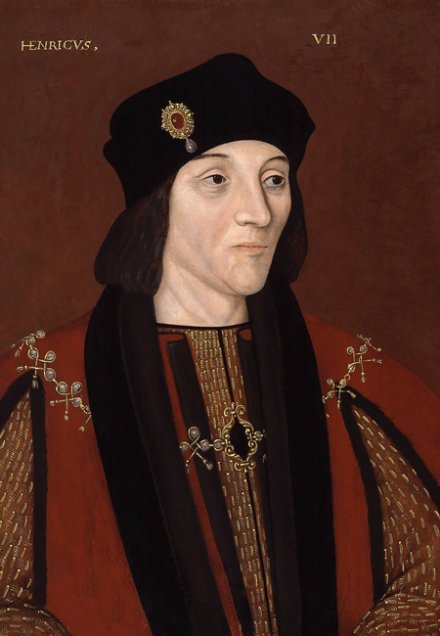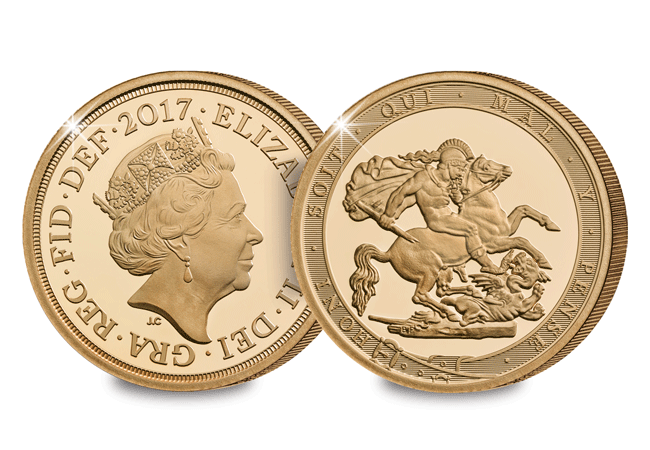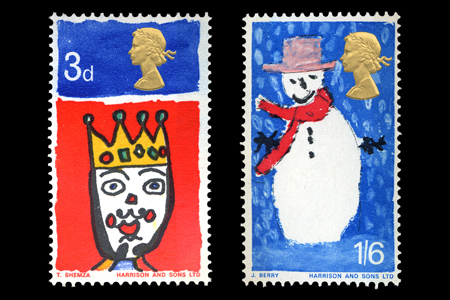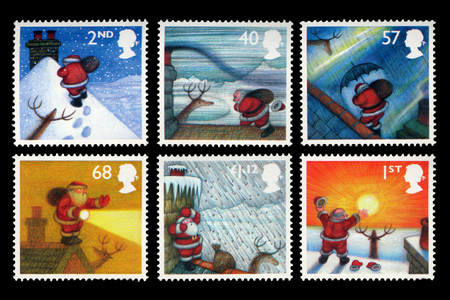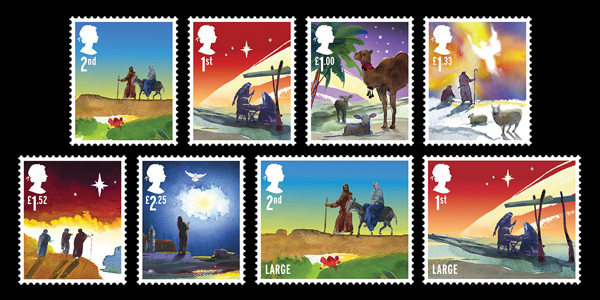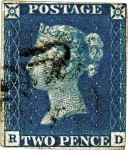Posts by Lauren Brewer
Introducing 200 years of the Sovereign. Part I: Back to the very beginning…
2017 marks the Bicentenary of the Modern Sovereign. Reinstated as part of the 1816 Great Recoinage to replace the Guinea, the ‘modern’ Gold Sovereign has epitomised British quality across the world for the last 200 years.
But there is much more to discover about the Gold Sovereign. And now, in the lead up to its special anniversary, we explore its story in a six part series of posts about its 200 years of fascinating history, telling the tale of the King of Coins from its very beginning in 1489 to now.
First, back to the very beginning…
The history of the Sovereign dates back as far as 1489, when King Henry VII instructed The Royal Mint to strike a new gold coin.
The new coin weighed twice as much as the existing Ryal and it was the first coin to be issued with a value of one pound sterling. It was struck in almost pure gold using the standard gold coinage alloy of 23 carat.
A Design with International Power
The coin was fittingly called the Sovereign, which was also the name of his warship that had been built the year before. Its design was inspired by a coin issued in the Netherlands by Emperor Maximilian in 1487 and featured King Henry on his throne, with orb and sceptre in his hands radiating the power of the monarchy.
The Latin inscription on the coin read ‘Henry, by the Grace of God, King of England and France, Lord of Ireland’, which sent a message to Europe that England was a nation to be reckoned with. The reverse design featured a shield bearing the Royal Arms on a large Tudor Rose.
The Sovereign became the flagship coin of the Tudor reign and was struck in turn by each Tudor monarch and is still considered the flagship coin of the Royal Mint today.
The Forgotten Years
However, the production of the Sovereign stopped when King James I inherited the throne and introduced a new pound coin, the Unite (named to mark his desire to unite England and Scotland).
And the Sovereign was forgotten for nearly 213 years, until 1816, when something momentous in the history of British coinage was to happen…
Find out what happened in Part II of our 200 years of the Sovereign Blog Series – click here to read it >>
Announcing the new UK Bicentenary Gold Proof Sovereign
To mark the Bicentenary of the “modern” Gold Sovereign in 2017, The Royal Mint have just released a brand new Gold Proof Sovereign reprising Benedetto Pistrucci’s original engraving from 1817.
With a low edition limit of just 10,500 worldwide, a special one-year-only design change and a fine proof finish, the 2017 Bicentenary Gold Sovereign has all the elements to be one of the most collectable British gold coins of the 21st century. And now you can own one.
Click here to secure yours today >>
50th Royal Mail Christmas Issue released
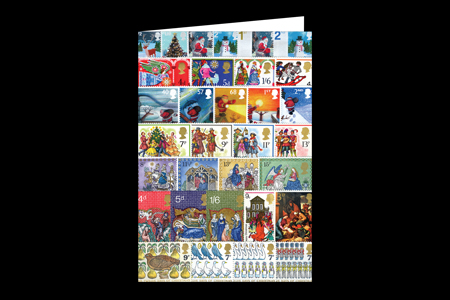
Issued to mark the 50th Royal Mail Christmas issue – just 1,000 available
Did you know that since Royal Mail issued their first Christmas stamp in 1966, over 17 billion Christmas stamps have been printed in Britain? In most years since, Christmas stamps have gone on to become the most popular issue of the year. The 3rd November 2015 saw the 50th Great Britain Christmas issue to be released.
In honour of this milestone I would like to take the opportunity to look at some my favourites from these 50 issues.
1966
Despite many requests over the years that the Post Office issue Christmas stamps, these had always been refused until Tony Benn became Postmaster General. He had originally wanted them in 1965 and even suggested a charity surcharge. Time was against him which meant 1966 was the soonest possible.
Benn, through the Post Office, organised a competition among schoolchildren aged under 15. The competition was launched on Blue Peter, which at the time received viewing figures of around 8 million twice a week. Response to the competition was huge. Over 5,000 designs were submitted which were assessed by a team of eight professional stamp designers. These first British Christmas stamps featured a design by Tasveer Shemza (of King Wencleslas) and James Berry (Snowman).
1977
In 1977 the Twelve Days of Christmas were immortalised on the Christmas issue. David Gentleman’s clever design managed to include all 78 gifts mentioned in the song without the stamps looking cluttered and untidy.
1981
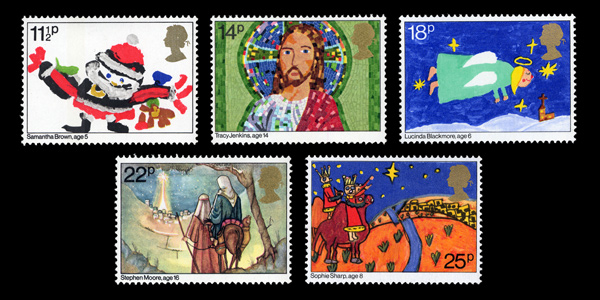
The designers of the 1981 stamps were all chosen from a nationwide competition launched on Blue Peter.
The Christmas issue of 1981 really stands out for me as they were the first Christmas stamps that I remember. Again a nationwide competition was launched on Blue Peter and really caught the attention of children up and down the country. Unfortunately my entry did not make it on to the issued stamps! The five designs that were chosen were from children aged between 5 and 16.
2004
I think 2004 is my favourite of all the 50 Christmas issues. These six stamps feature Raymond Briggs’ beloved Father Christmas as he goes about his duties on his busiest night of the year.
Starting with the 2nd class stamp we see him begin to deliver presents in a calm moonlit night, before battling through the elements(40p, 57p, 68p and £1.12) but by sunrise on Christmas Day all is calm again and his work is done (1st class).
From 2005 Royal Mail decided to alternate each year between secular and non secular Christmas issues. For the 50th issue the Christmas issue is non secular. The eight Christmas 2015 stamps feature six traditional scenes from the Nativity story: The Journey to Bethlehem, The Nativity, The Animals of the Nativity, The Shepherds, The Three Wise Men and The Annunciation.
If you’re interested…
Send festive wishes with this beautifully designed limited edition Christmas card issued to mark the 50th Great Britain Christmas issue
The Penny Black – the world’s first and most famous stamp
The world’s first postage stamp, the Penny Black, officially turns 175 on 6th May 2015. Today, stamps are one of those everyday things which we take so much for granted that it’s impossible to visualise a world without them; but 175 years ago sending and receiving letters was a major operation, and a relatively expensive one.
Letters were charged according to the distance travelled and the number of sheets. To send a letter from London to Glasgow cost 18 pence – a couple of days’ wages for the average man – and it was the recipient who paid, not the sender!
In 1837 Rowland Hill led the campaign for Uniform Penny Postage, arguing that the main cost of the postal service was the cumbersome method of computing postage. A flat rate of a penny, paid by the sender, would slash costs dramatically – but to achieve this he had to devise a method of prepaying postage.
His answer was the introduction of prepaid stationery and also a label just large enough to bear the stamp and smeared on the back with a glutinous wash – this label would eventually become the Penny Black.
The Treasury organised a design contest for the new adhesive stamps but none of the submissions were considered suitable. Although he was not one of the prize-winners, Sir George Mackenzie came closest to what was eventually used for the stamp – an upright oblong with a portrait of Queen Victoria, with POSTAGE at the top and the value at the foot. The portrait was drawn by Henry Corbould from an effigy of Victoria when she was only 15.
On 6th May 1840, the Penny Black went into official use, followed two days later by the Twopenny Blue. Although a huge success, these stamps had a flaw and within weeks of their introduction, Rowland Hill’s worst fears were realised when it was found the general public had found ways of washing off the postmarks from the stamps and reusing them.
Immediately he set about a way to combat the problem in a series of experiments which has become known as the Rainbow Trials. As a result of the trials, less than a year after they were issued, it was decided to replace the Penny Black with the Penny Red and the Twopenny Blue would be reissued with added security measures.
Despite its short life, the legacy of the Penny Black still lives on today, 175 years after it was first issued. Its place as the world’s first postage makes it a must have for any collector. Click here to see our range of available Penny Black related products.


